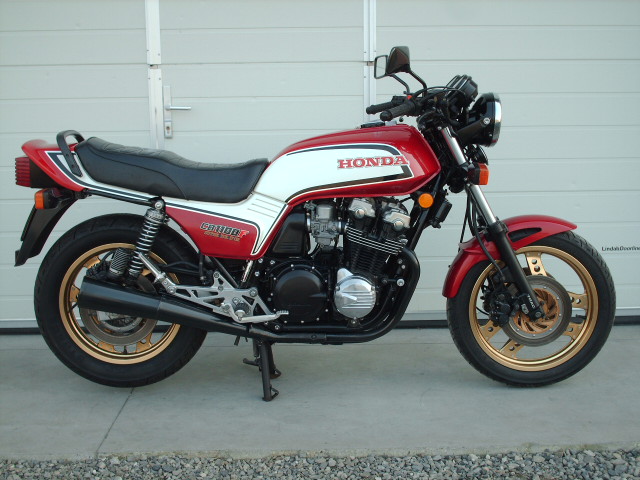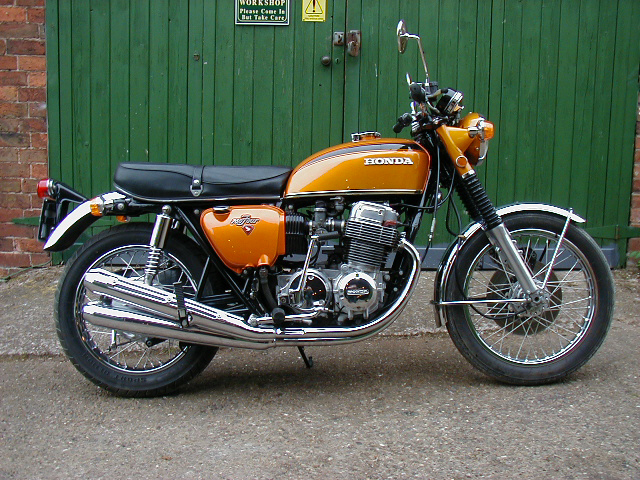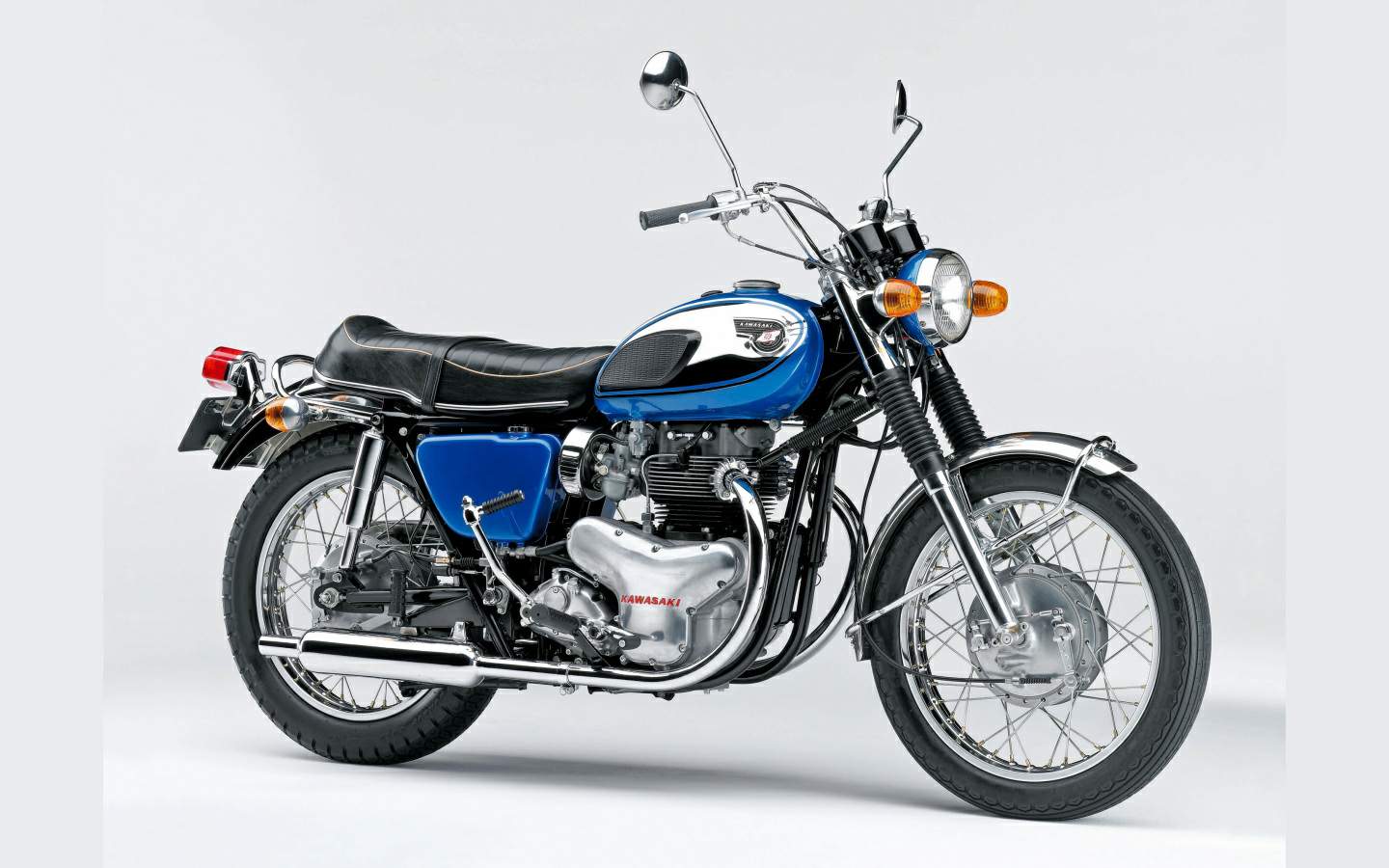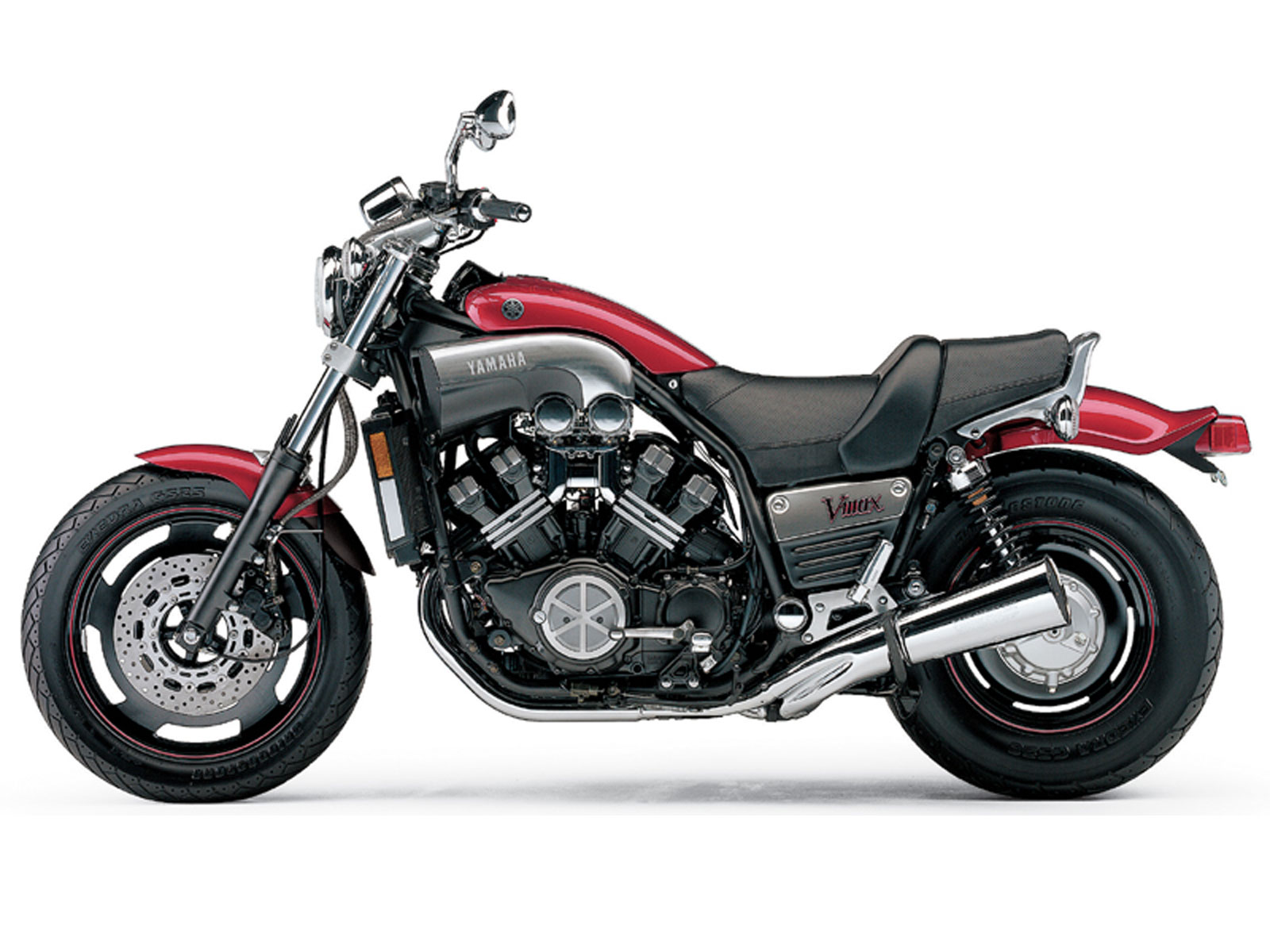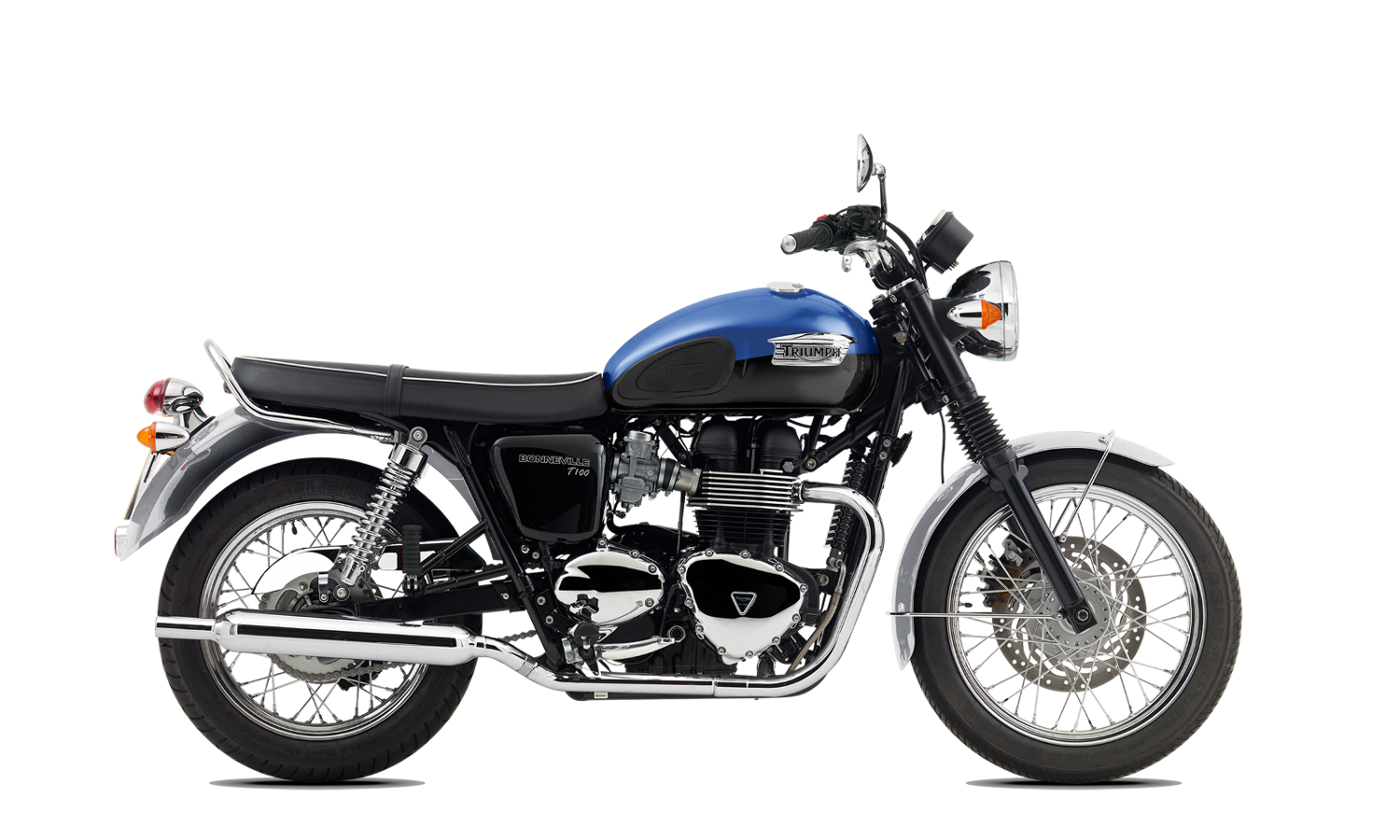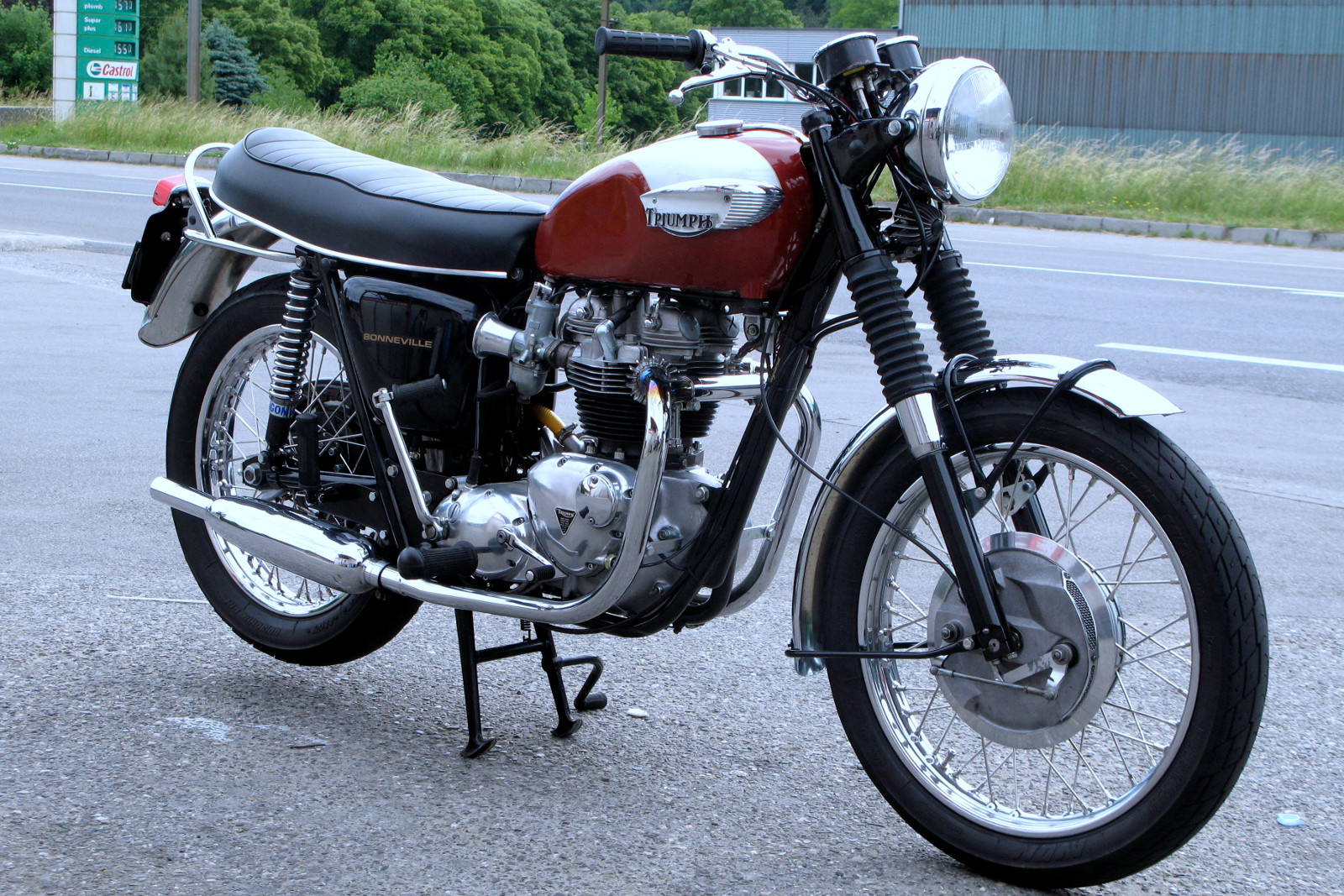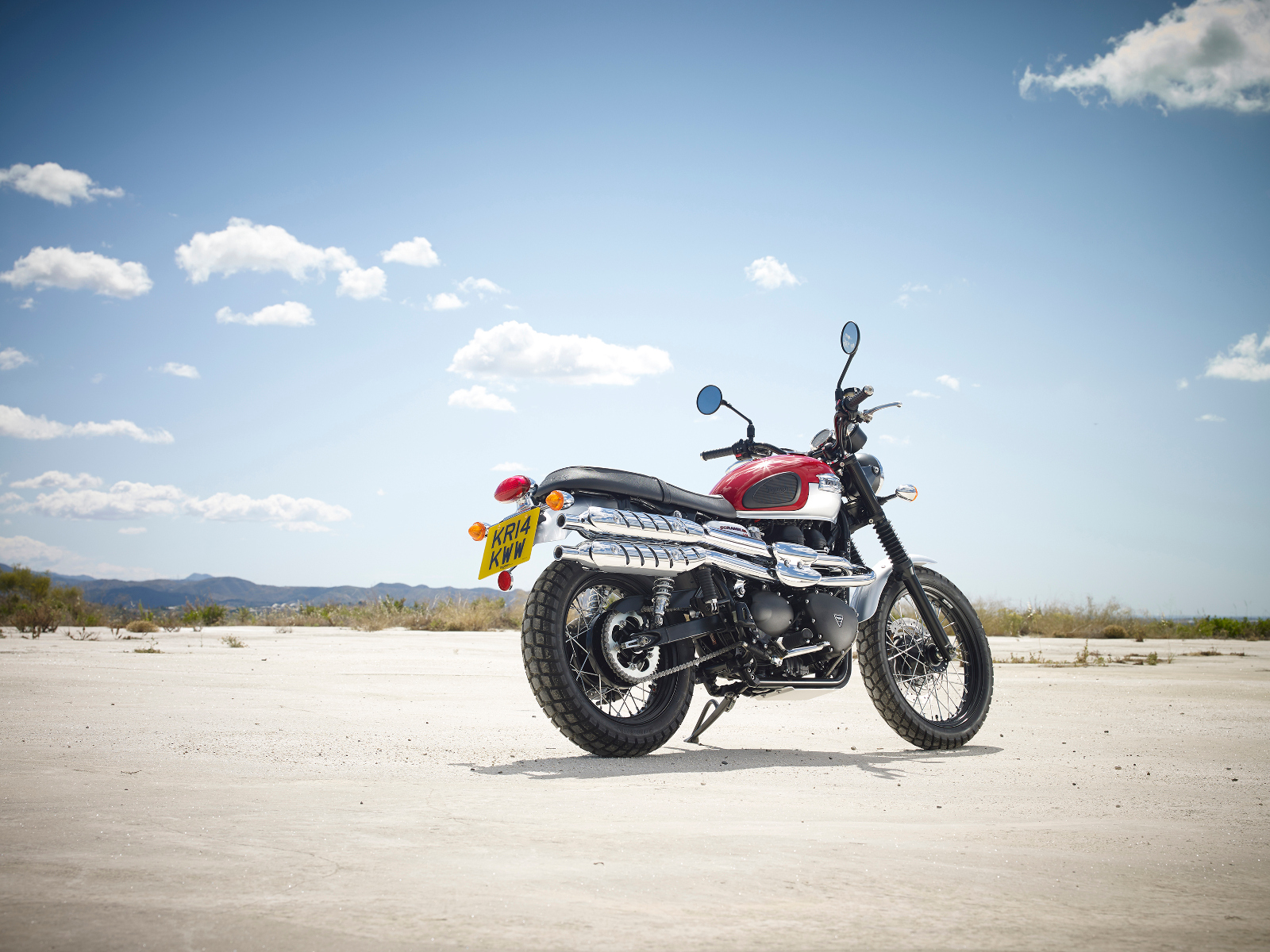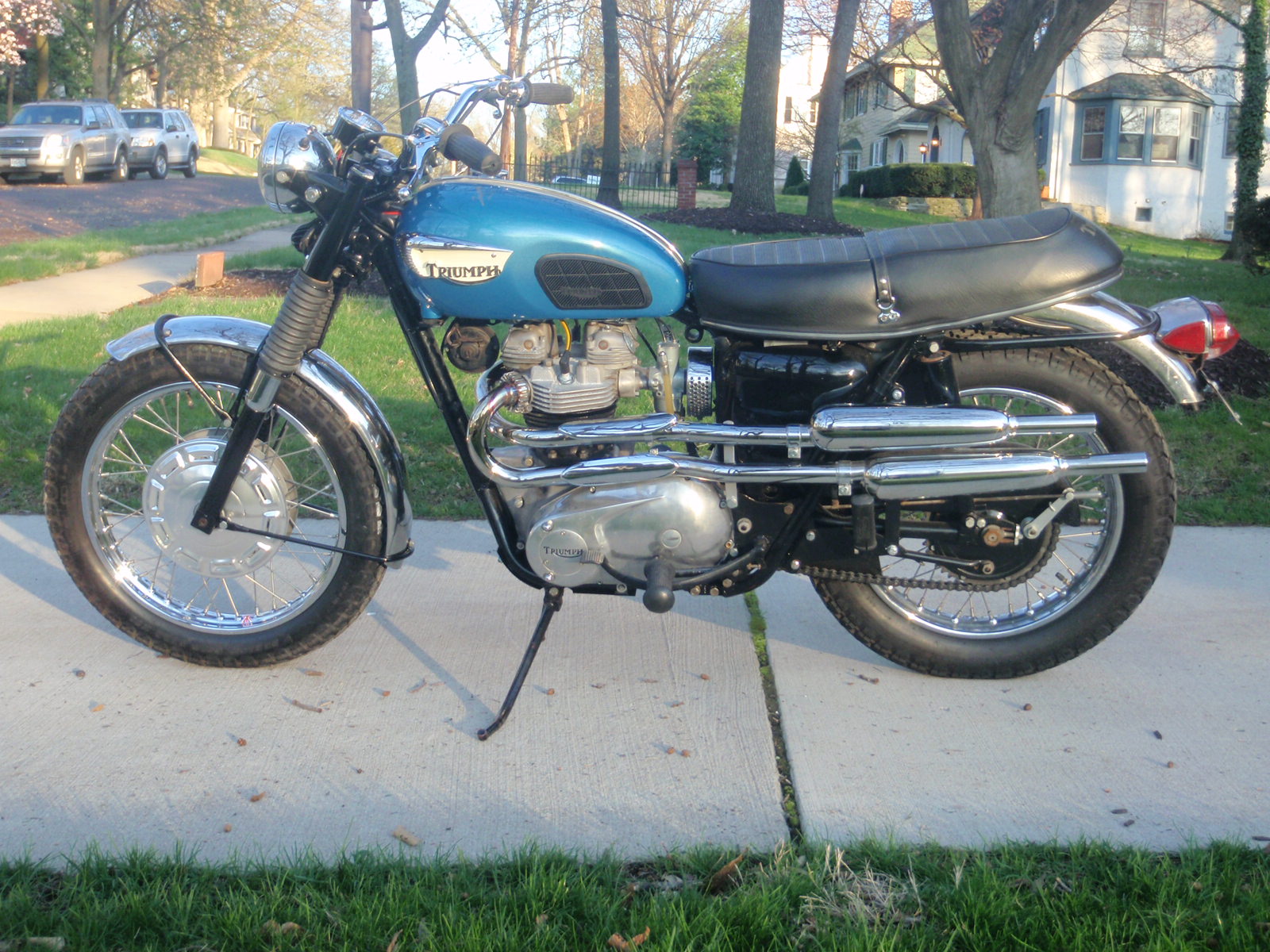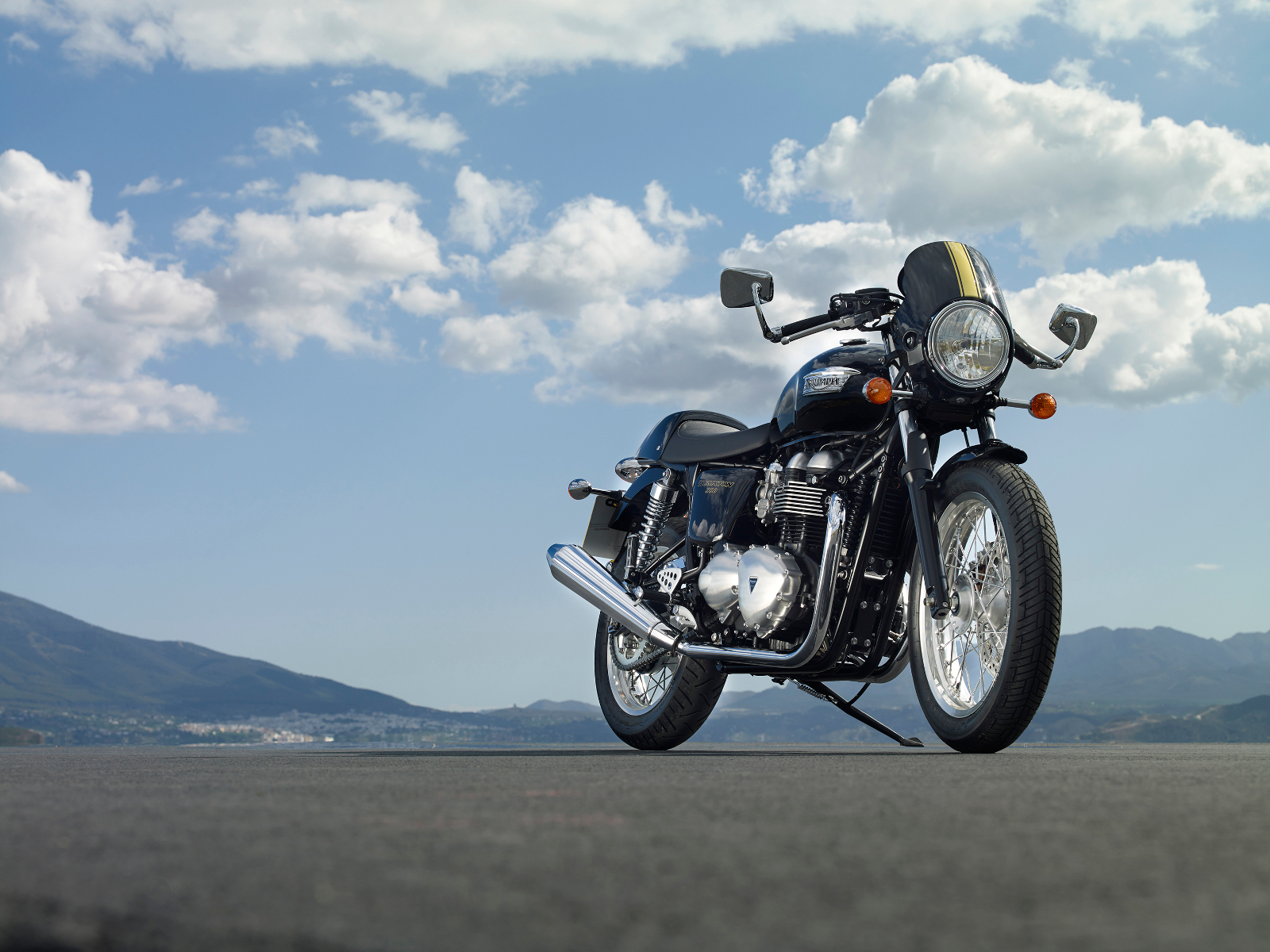Over the past few years the market for retro motorcycles, those machines that conjure up memories of the past, has really expanded and now many of the mainstream manufacturers have at least one retro model in their range. With that in mind, I thought it might be entertaining to compare these machines with the ones they take their inspiration from.
Now, a cynic might suggest that retro motorcycles are the best way to enjoy the classic bike vibe: buy one of these brand new, reliable machines and you too can ride out both looking the part and be sure of getting home. As an added bonus – ahem – your garage floor stays nice and dry.
Me? I’m not (quite) that cynical. Manufacturers want people to buy their products. If they perceive a gap in the market, an unfilled niche, an unmet demand, they absolutely must try to plug, fill or meet as required. After all, that’s their job.
However, unlike the motorcycles of yore who’s looks they ape, there is a question over whether these machines deserve to become icons in their own right, since they’re not truly capturing the spirit of their own generation. Well, most of them aren’t anyway. Allow me to explain as we amble around our virtual showroom…
Harley Davidson
It could be argued that Harley Davidson makes the same bikes now as it did in 1983 (which is probably the last time I checked) and, although they’re firmly on the retro bandwagon with the Classic moniker applied to three of this year’s models, to the uninitiated at least, these Classic models are indistinguishable from the rest of the 2015 range. Now, this isn’t necessarily a bad thing; I rather suspect it’s just that Harley Davidson figured out what its customers wanted long before anyone else; I, for one, have never met a Harley Davidson owner who was unhappy with his or her machine. To see what I mean, take a look at these examples, one from 2015 and the other from 1983.
Ducati Scrambler
Ducati made a big splash earlier this year with their new Scrambler that revisits a design and, in the case of the Icon model, a colour scheme from the early 1970s. Ducati is currently enjoying a surge in sales and the first quarter figures for 2015 show the Scrambler to be in pole position.
Honda CB1100 EX
It took me a long time to find the Honda CB1100 EX on the Honda website, tucked away as it is in the Street section alongside some not at all retro machinery. In truth, it took me so long to find it, I was beginning to think that the Big H had missed a trick and not gone down the retro route at all. Once found, I stared long and hard at the CB1100 EX trying to work out what it is exactly that it’s supposed to be reminding me of. I mean, that is the whole point of these machines, isn’t it? In the end, after much searching and consideration, I felt that, just perhaps, Honda had made it because they thought they had to do something so that they weren’t left out. Looking at it, I really don’t feel that there’s any passion here; it’s more as though they’ve just gone through the motions of putting together a twin-shocked, air-cooled, spoke-wheeled machine without much thought as to why they were doing it.
A quick glance at one of the CB1100 EX’s forebears, the CB1100F from the early 1980s, shows a direction Honda could have taken on their trip down memory lane.
Lest you think I’m being too harsh with Honda, or haven’t travelled far enough back in time to the spoked era, take a look at the CB750K1 of 1971 and tell me that Honda have brought that history and design to life again in the CB11000 EX.
Kawasaki W800
By comparison, there can be no doubt as to what Kawasaki were thinking when they brought back the W650 badge a couple of years ago. Now expanded to 800cc, the W800 is clearly related to its 1960s namesake. I just wish they’d found a way of using the older style of engine casing as, to my eyes, it’s so much prettier. Still, there’s no pleasing some people.
Yamaha V-Max / VMAX
The Yamaha V-Max hit the streets in 1985 and continued until the 2008 model year. Then, in 2009, it became the VMAX. That’s 30 years of continuous production placing the V-Max/VMAX firmly in the same category as Harley Davidson. However, this is Yamaha we’re talking about here, and whilst they’ve not tinkered extensively within this niche, the same can’t be said for the rest of their range, which definitely has not stood still.
Moto Guzzi V7 II
I have to admit to a bit of a soft spot for Moto Guzzi; I remember clearly the 850 Le Mans and California models seen during trips to the local motorcycle dealer when I was a kid. Moto Guzzi has chosen the V7 as their memory lane model and, truth be told, they’ve done an excellent job; nicely understated and evocative of the original.
Norton Commando
Much like the Ford Cortina, the Norton Commando has had a number of looks over the years. As a result, the 961 Commandos look more like up to date versions of what’s gone before rather than backdated versions of a modern machine.
Triumph Bonneville, Thruxton and Scrambler
The comments made above about the Norton Commando are equally applicable to the current Triumph Bonneville. It is to Triumph’s credit that they have accomplished this whilst simultaneously designing and building a range of modern motorcycles unlike, for example, Harley Davidson.
However, whilst there isn’t a Scrambler in Triumph’s back catalogue, they have based the present model on the 1968 Triumph Trophy TR6C. The main difference, stylistically at least, is the routing of the exhaust pipes; on the right-hand side of the modern bike compared to the left on the original.
Similarly, the modern-day Thruxton is clearly descended from the Triumph Thruxton Bonneville, both of which takes their name from the famous club racing circuit in Hampshire where Triumph competed successfully in the ’60s.
The big question
Returning for a moment to the question of whether retro motorcycles deserve to become icons in their own right, I think we need to consider that some of these machines, such as the Harley Davidsons and the Yamaha V-Max/VMAX aren’t really retro motorcycles at all; what they are now is what they always have been. For the others, whether you prefer the original act or the tribute band will be a matter of personal preference and circumstances. Whether they deserve to become icons or not could well be a moot point; will anyone care, thirty years from now, that the Ducati Scrambler or the Triumph Thruxton didn’t capture the spirit of the time when they were new in the same way as the machines they were inspired by? I suspect not.
The future of retro
What you will have noticed whilst reading this article is that today’s retro motorcycles are largely based on motorcycles from the ’60s and ’70s. With this in mind, you might ask yourself, in twenty years from now, will they be making retro versions of motorcycles from the ’80s and ’90s? And, if so, which ones would they be?








